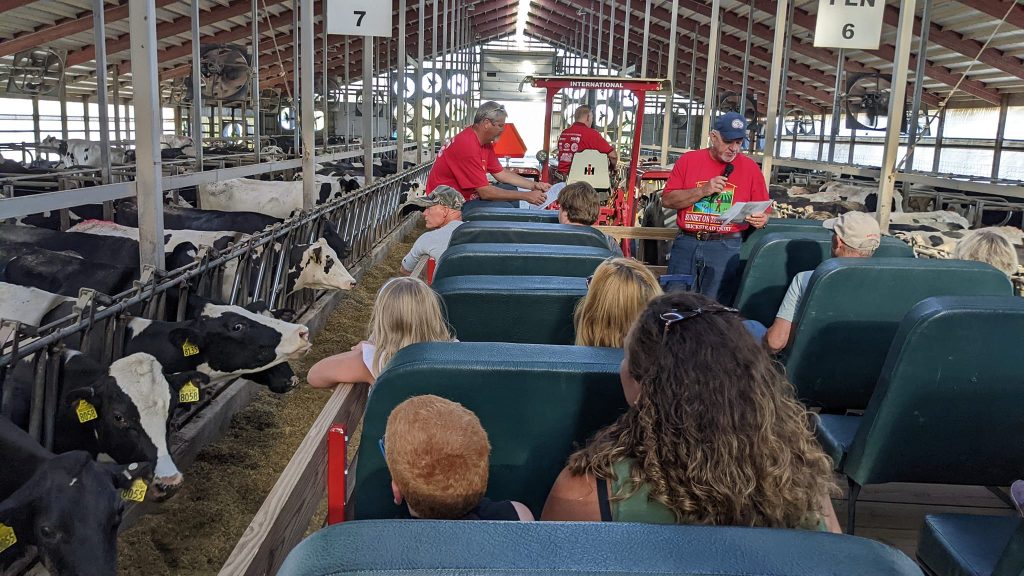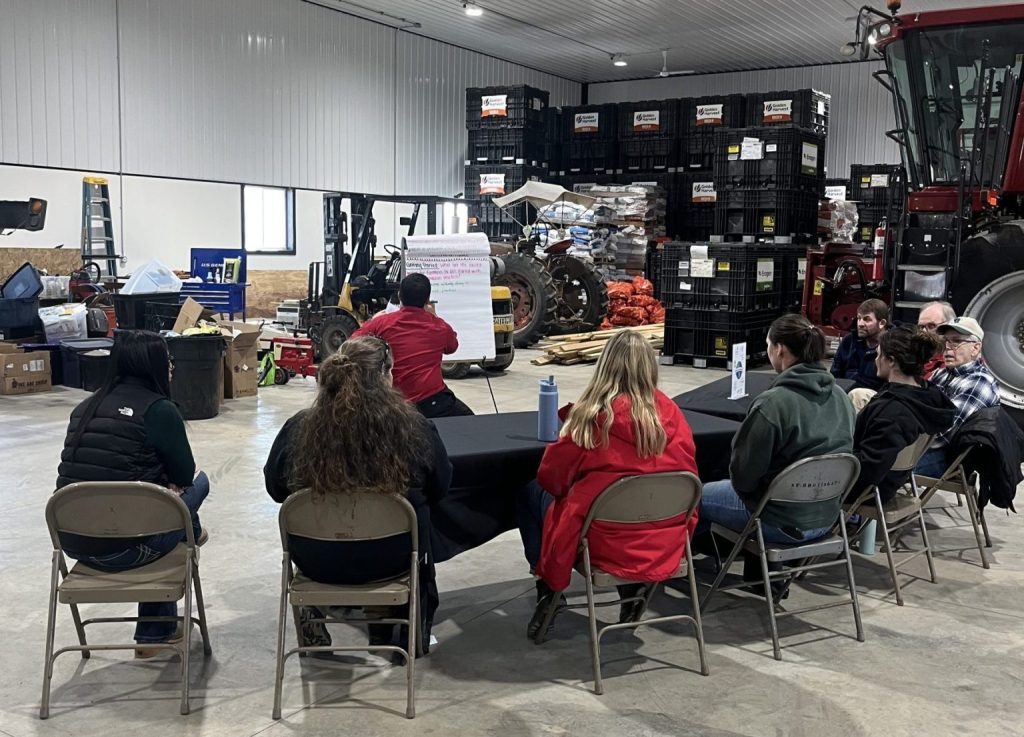On a humid day in late July near Appleton, Wisconsin, over 200 community members and farmers came out to Brickstead Dairy for the biannual Sunset on the Farm event. Hosted by Lower Fox Demonstration Farms Network and coordinated by staff at UW–Madison Extension, the event brought community members from across the East River Watershed to learn about the conservation practices that protect our land and water.

Community members gathered around cover crop plots and no-till fields, asking experts questions, swapping stories, and learning how local farmers are reshaping their practices to protect Wisconsin’s water. It was a chance to see firsthand how soil health and clean water go hand in hand, and how farmers are at the forefront of this effort.
“Each time we host this event participants express how impressed they are with what agriculture is doing to improve soil health and protect our local waterways. For many attendees, their experience with agriculture dates back to their childhood. They are unaware of the major shifts that agriculture has taken in the last 10 years and the steps that farms have taken to protect our natural resources,” notes Whitney Prestby, Outreach Specialist for the Fox Demo Farms and Team Lead for the Demo Farms at UW–Madison Extension.
Prestby is one of six Water Natural Resource Educators with UW–Madison Extension, a statewide team working to help farmers adopt conservation practices, support community watershed planning, and share the positive impacts of the agricultural community with the public.
Anna Mitchell and Jen McNelly are Water Natural Resource Educators based in Wood County who serve the entire Central Sands agricultural community. A large part of their work is supporting producer-led watershed groups — groups working to improve soil health and water quality through producer-led solutions that increase on-the-ground practices and farmer participation in local watershed efforts. Mitchell and McNelly have played a critical role in facilitating strategic planning, leadership development, and collaborative events for producer-led watershed groups, ensuring that farmers can increase the resilience of their land for future generations.

In March 2025, they coordinated a regional producer-led gathering at Hintz Farms in Central Wisconsin, bringing together members and collaborators from six producer-led groups. The event fostered collaboration through breakout discussions on topics like financial support, community engagement, and conservation practices. Several common themes emerged from the discussions: the importance of peer-to-peer learning, the value of public education, and the need for continued collaboration across the region. Participants expressed interest in co-hosting events, sharing speakers, and developing a regional newsletter to keep the momentum going. One participant summed it up best: “Just show up.” The simple act of participation — of being present and open — was a powerful reminder of the strength and potential of producer-led watershed groups as a growing conservation community.
Extension Water Natural Resource Educators also help coordinate three NRCS Demonstration Farm Networks across the state. These networks showcase cutting-edge conservation practices that reduce phosphorus and sediment entering waterways. These networks also serve as a model and networking hub for other farms, providing farmer-to-farmer mentorship on conservation practices and goal setting for farms seeking to implement more sustainable water resource management practices on their land. Extension plays a key role in coordinating and providing outreach for these networks.
Maranda Miller, another Water Natural Resource Educator and Outreach Specialist for the Between the Lakes and Upper Fox-Wolf Demonstration Farms Networks, brings these stories to life. She creates opportunities to share best practices at field days, shop talks, pasture walks, and via digital resources that highlight soil health practices. Her recent series of soil health stories features Between the Lakes Demo Network farmers sharing their experiences implementing conservation practices, providing curious growers with an online resource to explore what’s possible and what’s working with conservation farming.
“It’s important for these networks to know what’s working (and happening in the soil-health world) locally across Northeastern Wisconsin,” Miller explains. “Without creating a connected network, it’s much harder for these groups [of farmers] to know that.”
That spirit of connection is central to the work of Extension Water Natural Resource Educators — whether they are working alongside Wisconsin’s producer-led watershed groups or NRCS Demo Farms. Facilitating farmer-to-farmer connection, or connection with other watershed groups, or with county land and water departments, creates a culture of conservation that is spreading to every corner of the state.




